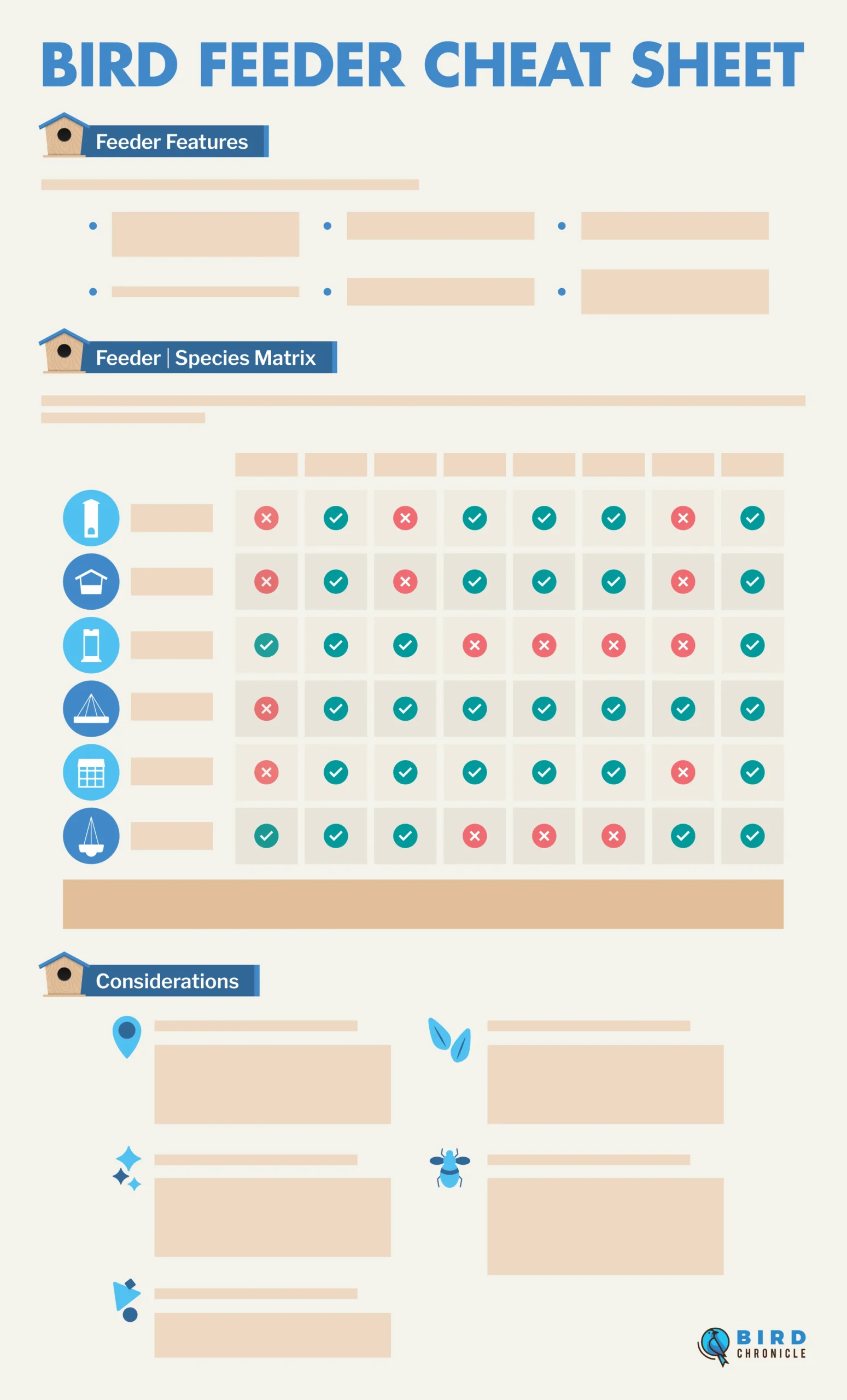They’re not flashy looking, but gray catbirds (Dumetella carolinensis) are an interesting addition to your collection of backyard birds.
If you hear something that sounds like a kitten, but there’s no kitten to be found, you’ve probably heard the call of the gray catbird. Their song is clear and piercing, and sometimes resembles that of a cat, hence its common name.
Catbirds spend the breeding season across a wide swathe of the southern half of North America, migrating to the Gulf Coast as far south as the northern tip of South America in the fall.
Here are the best ways to encourage gray catbirds to choose your property to make their summer home!
1. Stock Feeders With Fruit For Gray Catbirds
Gray catbirds are not seed-eaters, so the standard bird feeder filled with seeds will not attract them. However, they love fruit, so some of the same foods that appeal to Baltimore orioles will draw them in.
Orange halves and small bowls of grape jelly will be eagerly devoured by gray catbirds, who will arrive right around the same time as orioles.
You can also try spreading an assortment of dried fruit on a platform feeder. Soaking them first will make them even more appealing.
2. Provide Them With Mealworms

Gray catbirds also eat insects, and like many other birds, they will appreciate mealworms, both when they first arrive and then when they have a nestful of hungry babies to feed.
They much prefer live mealworms to dried ones. You can either get them at any pet store or raise them yourself.
3. Plant Fruiting Bushes And Trees

You can supply lots of fruit for your gray catbirds by planting fruiting bushes and trees. Select a variety of species that will provide fruit over the spring, summer, and fall, so there’s always fresh fruit for catbirds and other fruit lovers to eat.
Native species are of course best, with blackberries, wild grapes, and blueberries among their favorites. They also will eat wild cherry, American holly, dogwood, crabapple, and mulberry, among others.
In fact, your biggest problem will probably be protecting fruit that you want to harvest from gray catbirds and other fruit-loving birds! Protect your raspberries, strawberries, and other favorites with netting.
4. Give Gray Catbirds Cover

Gray catbirds nest on the edge of forests or stands of trees, in shrubs or small deciduous trees.
Planting a mixed hedge of native species, especially fruiting ones, will give these small birds lots of spots to set up housekeeping for the breeding season, and provide them with a steady supply of fruit.
5. Don’t Wipe Out Insects

While gray catbirds are always happy to eat fruit, their main diet in summer consists of insects, especially ants, caterpillars, beetles, moths, and grasshoppers.
The nestlings are raised on nothing but bugs, so a yard without lots of insect life won’t work for these songbirds.
You may not like to see these pests in your yard, but if you eliminate them, you won’t see catbirds (or most other bird species) either!
The good news is that if you practice organic methods and stop using insecticides, the birds will do a great job of keeping insect populations under control.
6. Install A Bird Bath For Gray Catbirds

Like so many species, gray catbirds love to have a place to get a drink and take a bath, so buying a bird bath is one of the ways you can attract them to your yard.
Spend a little extra and get one with a solar-powered bubbler to keep the water circulating and make it even more inviting to your feathered friends.







![Bald Eagle Population By State: 2023 Statistics [Data] Bald Eagle Population By State: 2023 Statistics [Data]](https://birdchronicle.com/wp-content/uploads/2023/01/three-bald-eagles-perched-150x150.jpg)



